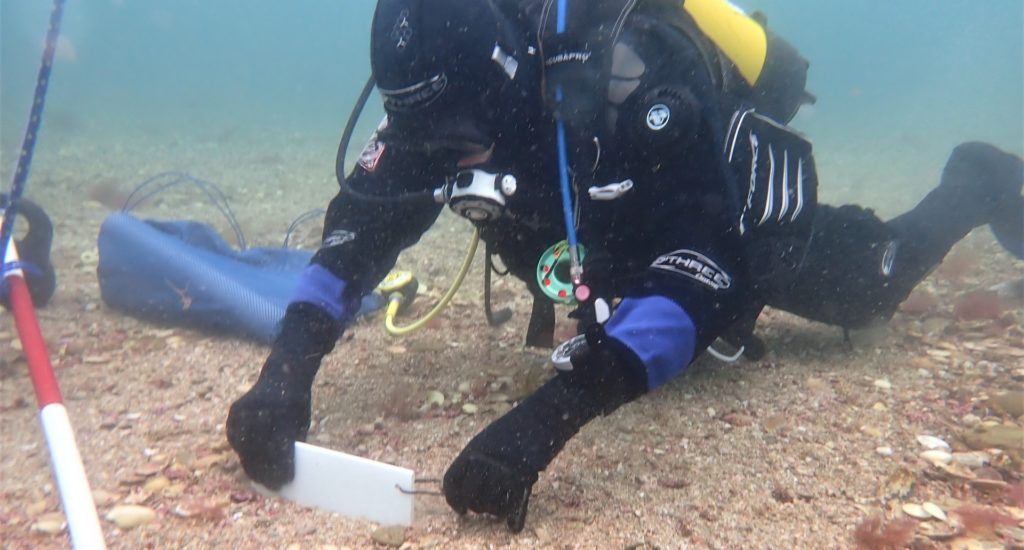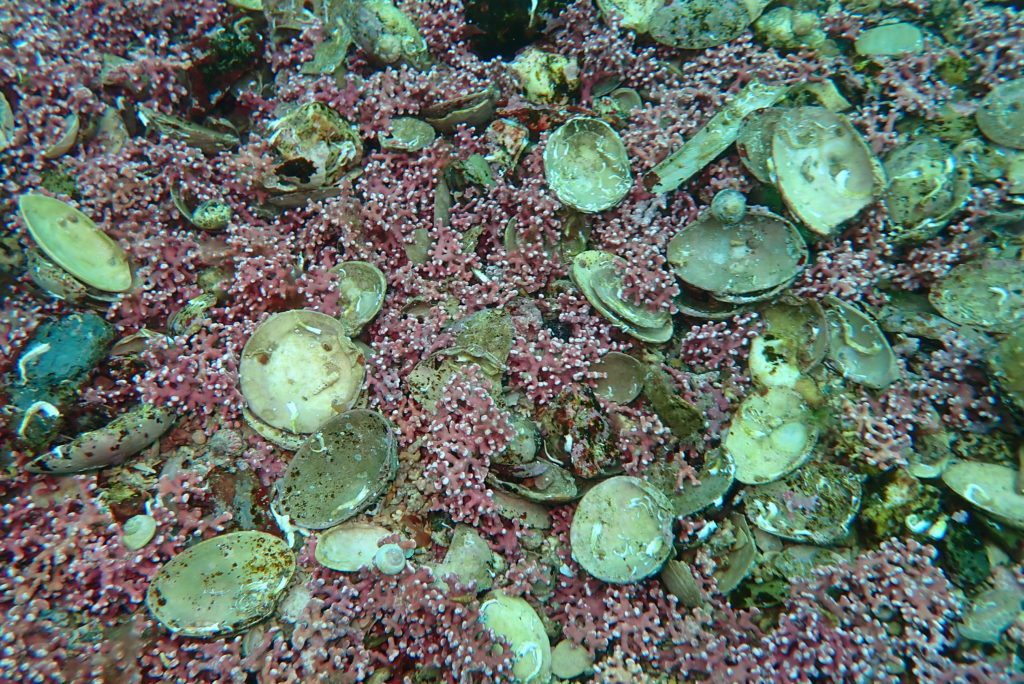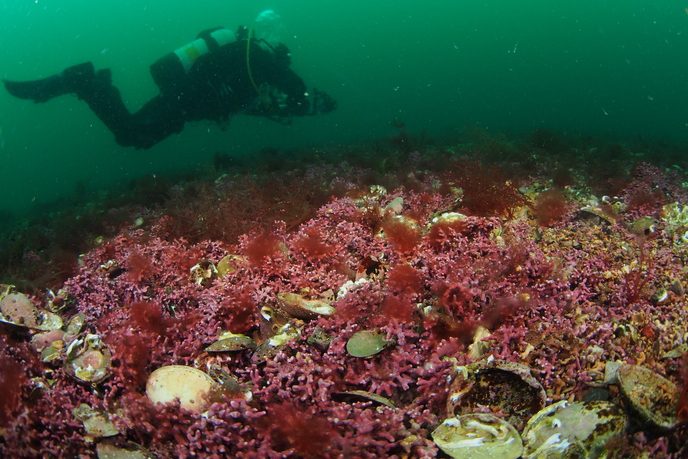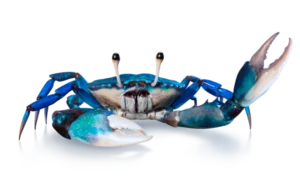Researchers in Cornwall have discovered what they say is one of the biggest fields of maerl ever located in UK waters – and that the rare seaweed is proving a heavier hitter in the fight against climate change than was once suspected.
Equivalent in area to nearly 900 rugby pitches, the ancient maerl bed lies within the Fal & Helford Estuary Special Area of Conservation between Falmouth and Penzance, and is thought to date back up to 4,000 years.
Cornwall Council had commissioned the University of Exeter and environmental research consultancy Natural Capital Solutions to survey the seabed as part of the Blue Natural Capital Project to assess the effectiveness of seagrass and seaweed habitats in combating climate change.

Maerl is particularly efficient at storing carbon dioxide, say the researchers, doing so at the site at an estimated rate of 841 tonnes a year. This is five times more than is being captured by the combined seagrass, kelp and saltmarsh in the area – making it a key national “blue carbon” location.
“Maerl has not been considered as a valuable carbon store to date,” said University of Exeter senior marine biology lecturer and project leader Dr Chris Laing, “but our research demonstrates that as well as being a rare and valuable seabed habitat it should be a key player in coastal blue carbon assessments, which is an extremely important discovery for Cornwall, where the extent of the maerl beds is significant.”
Cornwall Council is now working with the university, Falmouth Harbour Commissioners and the Ocean Conservation Trust to protect the ecosystem from threats such as anchor damage from recreational boating, pollution and water-temperature fluctuations.

Findings from the central government-funded Blue Natural Capital Project are intended to help direct the next stages of blue carbon research and develop national policies.
“Building on the blue carbon work, research should focus on measuring a range of other benefits provided by maerl and other marine and coastal habitats, for example storm protection, recreation and water purification,” said Natural Capital Solutions founder and director Alison Holt.
Also read: Massive seagrass bed discovered in St Austell Bay, Cornwall first to contribute to global seagrass campaign, Cornwall Wildlife Trust seagrass restoration project, Seagrass restoration trials begin in Cornwall








